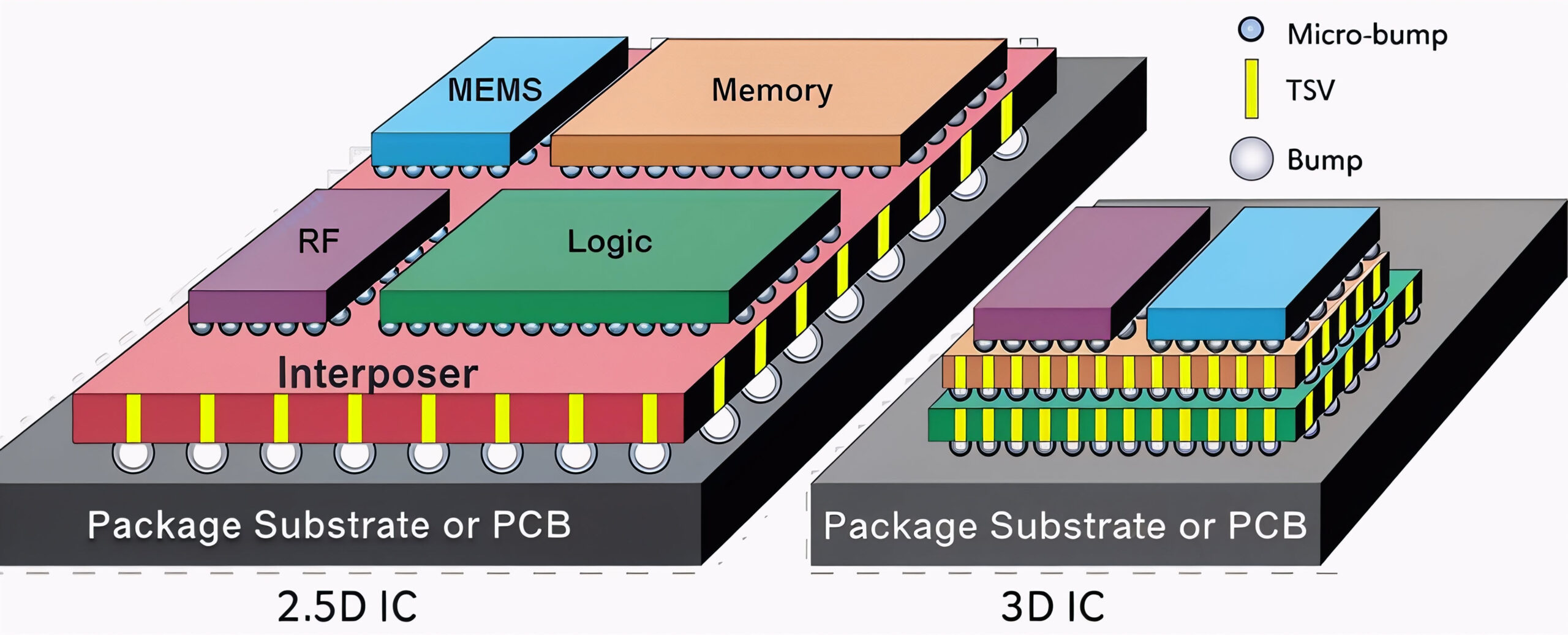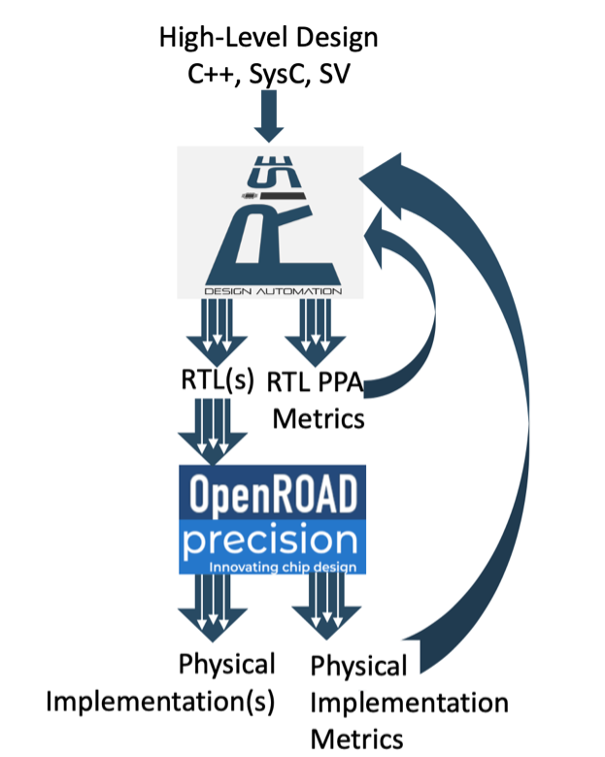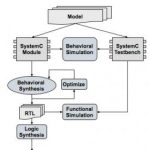The U.S. Federal Bureau of Investigation (FBI), in cooperation with the U.S. Department of Transportation, put out a written public service announcement (PSA) last week detailing the agency’s concerns regarding automotive cybersecurity and its recommendations for the driving and vehicle owning public. The PSA followed… Read More
 Cost, Cycle Time, and Carbon aware TCAD Development of new TechnologiesOur good friend Scotten Jones wrote a paper…Read More
Cost, Cycle Time, and Carbon aware TCAD Development of new TechnologiesOur good friend Scotten Jones wrote a paper…Read More 3D ESD verification: Tackling new challenges in advanced IC designBy Dina Medhat Three key takeaways 3D ICs…Read More
3D ESD verification: Tackling new challenges in advanced IC designBy Dina Medhat Three key takeaways 3D ICs…Read More Reimagining Architectural Exploration in the Age of AIThis is not about architecting a full SoC…Read More
Reimagining Architectural Exploration in the Age of AIThis is not about architecting a full SoC…Read MoreWebinar: A Tool for Process and Device Evaluation
Not only are foundries continuing to introduce processes at new advanced nodes, they are frequently updating or adding processes at existing nodes. There are many examples that illustrate this well. TSMC now has 16FF, 16FF+ and now 16FFC. They are also announcing 10nm and 7nm processes. In addition, they are going back to older… Read More
SystemC and Adam’s Law
At DVCon I sat in on a series of talks on using higher-level abstraction for design, then met Adam Sherer to get his perspective on progress in bringing SystemC to the masses (Adam runs simulation-based verification products at Cadence and organized the earlier session). I have to admit I have been a SystemC skeptic (pace Gary Smith)… Read More
What if this is as good as the iPhone gets?
How do I write about Apple so well? “I think of Steve Jobs, and I take away vision and creativity.” Please recognize that is a bit tongue in cheek, but I do think we are at a turning point where Apple is having a very hard time moving its loyal customers toward continued upgrades, and it is forcing them into unusual compromises.… Read More
Good bye and thank you, Andy Grove!
You are gone. And with you, gone is one of the greatest leaders of our times.
In the coming days many voices will speak about the ways in which you touched countless lives, inspired a generation of engineers to create and fuel the digital revolution, and demonstrated your own brand of leadership traits in pursuit of excellence. My … Read More
Batman Vs Superman / Make IOT Data Security Talent your SuperPower
One of the biggest barriers to IOT success is a dearth of data security talent. Find supermen and –women to get your enterprise to the next level.
This week, Batman vs. Superman opens in theatres. Batman’s got his gadgets and Superman, his alien powers. What out-of-this-world powers will you need to get your IOT data security talent… Read More
The Apple FBI Battle: Laws and Ethics Simply Can’t Keep Up With Technology
The battle between the FBI and Apple over the unlocking of a terrorist’s iPhone will likely require Congress to create new legislation. That’s because there really aren’t any existing laws which encompass technologies such as these. The battle is between security and privacy, with Silicon Valley fighting for privacy. The debates… Read More
Key Takeaways from the TSMC Technology Symposium Part 2
In Part 1, we reviewed four of the highlights of the recent TSMC Technology Symposium in San Jose. This article details the “Final Four” key takeaways from the TSMC presentations, and includes a few comments about the advanced technology research that TSMC is conducting.… Read More
What SOC Size Growth Means for IP Management
Whether or not in the past you believed all the of rhetoric about exploding design complexity in SOC’s, today there can be no debate that SOC size and complexity is well beyond something that can be managed without some kind of design management system. As would be expected, development of most larger designs relies on a data management… Read More
Qualcomm Rounds Out IoT Offerings
Lots of chip companies like ARM Holdings, Intel, NVIDIA and Qualcomm are spending time and effort to find a place for themselves in the IoT market because they, like I, believe in a gigantic, future market. Some companies are focusing on wearables and drones while others are looking to automotive and smart home. Qualcomm previously… Read More







Quantum Computing Technologies and Challenges